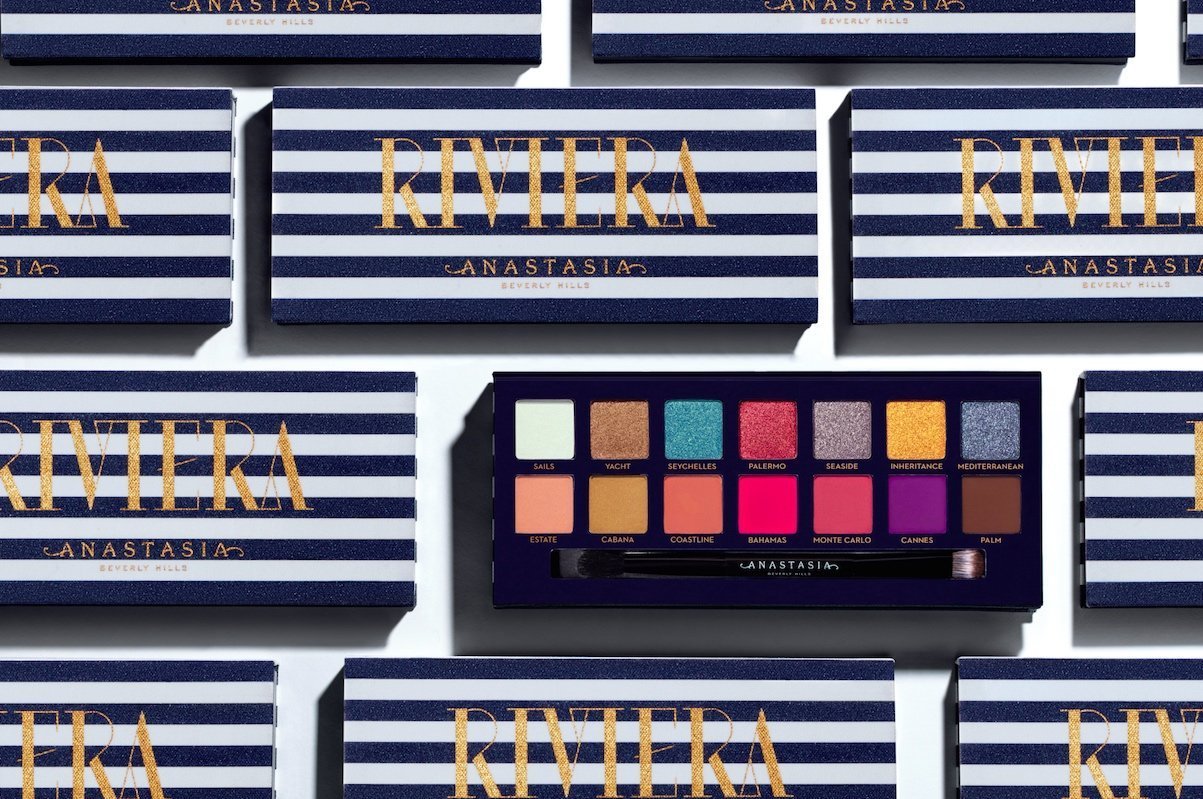
The Makings Of A Unicorn: How Anastasia Soare Built Anastasia Beverly Hills Into A Brand Worth More Than $3B
Anastasia Soare didn’t inherit the title of eyebrow queen. She earned it by sticking to her belief in the importance of the brow category when it barely existed in the beauty industry, outworking everybody else, staying ahead of the social media curve and generating rather than following beauty merchandise trends. The Romanian-born founder and CEO of Anastasia Beverly Hills, who came to the U.S. at the age of 32, opened her Beverly Hills salon in 1997 and mastered a brow-shaping practice based on the mathematical principle of the golden ratio. Two years later, Soare started the product line that would ultimately make her a billionaire. Currently valued at over $3 billion, her brand’s worth is roughly equal to the combination of buzzy unicorn newbies Kylie Cosmetics, Glossier and Pat McGrath Labs—and it’s not slowing down. Last year, industry sources estimate Anastasia Beverly Hills’ sales rose 10% to $375 million and, backed by a minority investment from private equity firm TPG, it’s looking abroad to push further growth. Beauty Independent spoke to Soare last week about major milestones that forged her business, the decision to bring on an investor, her daughter Claudia’s role at Anastasia Beverly Hills, constant product improvement and whether she’d sell her brand.
What product did you launch your brand with?
I actually launched with a whole line in 1999 in my Beverly Hills salon and, by 2000, we were in 20 Nordstroms with a makeup line and eyebrow products. I started with the idea of the golden ratio and a technique of shaping eyebrows according to people’s natural bone structure. When I waxed eyebrows, there were gaps between the hairs, and I used to mix eyeshadow, Vaseline and aloe vera to create a pomade. I used it because I liked to send my clients away from my salon with perfect eyebrows. I went to Bologna to create a product line for my super busy salon in Beverly Hills. No big brand wanted to sell me their line of makeup for the salon, but I thought my customers wanted to have that perfect look. Because I was working in the salon with a wide variety of clients, I was very inclusive. I had very light to very dark colors for the eyebrow products, and I developed everything: tweezers, brow kits, brushes and more. I still have the original packaging in my office.
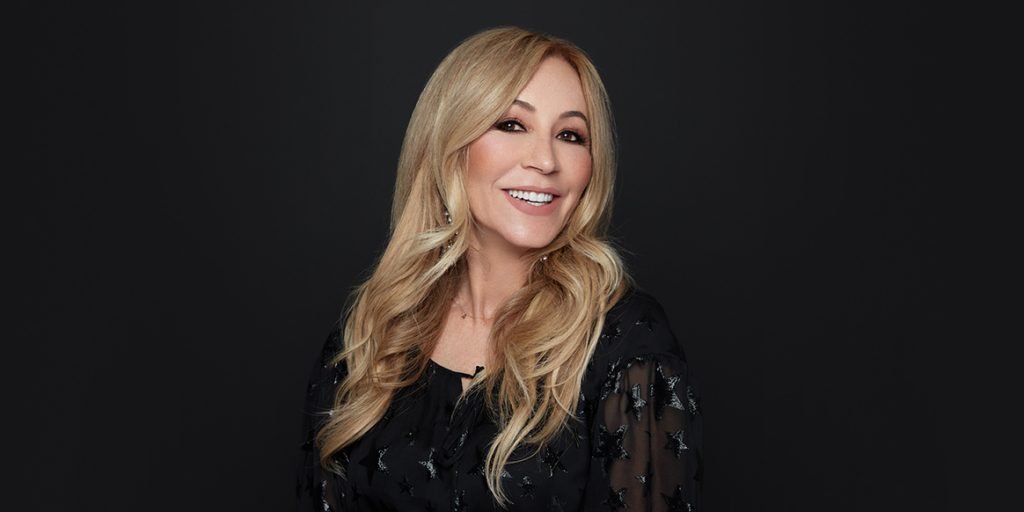
How different is the original packaging from the present packaging?
We have a more modern look for our packaging, but the main difference is in the product technology. For instance, when I launched the brow pomade, the technology wasn’t sophisticated enough back in 2000 to make it waterproof. And, in 2000, women couldn’t comprehend that they needed powder or pencil for their eyebrows. A pomade was way too much for them. We pulled the pomade and, later on in 2014, we relaunched the pomade. The labs could create a completely different, better product that was waterproof. We try to improve all the time. The labs have a much more sophisticated approach to products today, and we have updated every single product that we could make better.
What happened with the full makeup line early on?
We launched in Nordstrom in 20 doors with brow studios. It was important for me to educate the client. Remember, brows were something new. It was a new category in the beauty industry, and the consumer wasn’t educated about how to achieve perfect eyebrows. Every product that I developed for eyebrows needed to be explained. When I realized that selling a full makeup line in Nordstrom required a makeup artist that I had to hire and pay for, I couldn’t afford to do that. We needed way too much marketing and advertising to promote the makeup line. I had to compete with MAC, Estée Lauder and companies like that. I didn’t have enough manpower or money to do it. So, I pulled the makeup and kept only the eyebrow products.
When did your brand get back into makeup?
In 2012, my daughter convinced me to jump on Instagram. She realized before me that it’s a great way to educate the consumer about our product. With Instagram posts, we could reach a way bigger demographic that was around the world. By 2013, we wanted to create a full makeup line. We got a little resistance from retailers who said, “Well, you’re known for eyebrows.” We decided to launch on our website and promote it on Instagram. We had created products for shaping eyebrows around the golden ratio, and the contouring was based on the golden ratio as well.
If you think about it, the reason why we women use makeup is to create the illusion of perfect balance and proportion. The eyebrows are one of the most important elements to do that, and contouring is very important as well. You can create an illusion of depth in your face. You can create a stronger or smaller jawline and a wider or thinner nose by using colors correctly. When we created the contour kit, it sold out immediately on our website. Then, Sephora wanted to carry the contour kit on its website. Again, it sold out in a few hours. That gave us the confidence that our consumer was really embracing our approach to beauty. The brand today has more than 400 SKUs.

With more than 400 SKUs, what beauty merchandise gaps are left to fill?
We are still not a complete makeup line. We don’t have lip liners. We don’t have mascara. We don’t have foundation. To really successfully launch a product, we don’t bring it out until we know 110% that it’s going to be a winner. We’re working on a mascara, and I can’t tell you how many years we’ve been working on it. We still haven’t found the right brush for the mascara. We aren’t going to launch the mascara unless it’s a winner. With the lip liners, I like wood lip liners, and the formula we wanted for them ended up drying up after a month or two. We’ve lost a lot of money on it, but we won’t bring it to market until we’re happy with it.
The skincare segment has been on the upswing, and color cosmetics has cooled off. What’s your take on what’s going on in the beauty market?
This is my personal take, and I could be wrong. The influencers have done so many makeup videos that not only did they get bored, the consumer did. How you prepare the skin for makeup is with skincare, and that’s why the influencers started showing skincare to add something to their routine on Instagram and YouTube. That’s why the skincare industry has boomed, and I think it’s great because the young consumer needs to understand that taking care of your skin is very important.
How have you grown your brand internationally?
In 2007, we started selling into Sephora and, in 2014, we sold the contour kit on Sephora’s website. Most of the places where Sephora has a presence internationally, we have expanded with Sephora because we have a great relationship. We have other department stores or distributors in countries where Sephora isn’t present. We are in 25 countries and still growing.
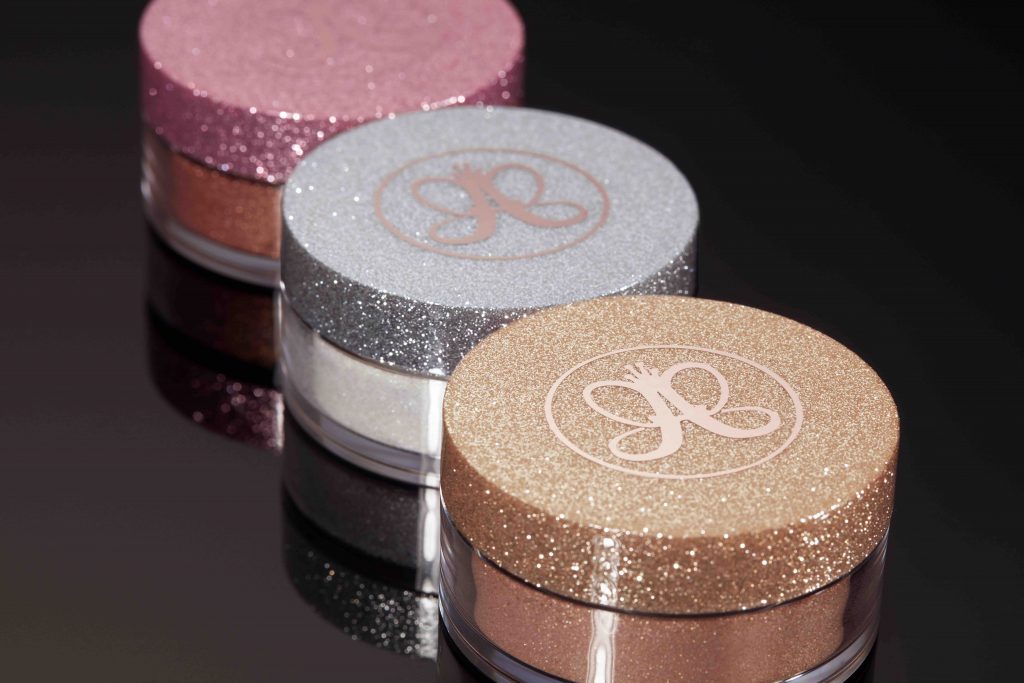
What does your brand’s high valuation mean to you?
I didn’t start this brand with the idea that most brands today have: Let’s raise some money, grow the brand and sell it. I started this brand with the idea of making my customers feel beautiful, empowering them and filling a void that I saw in the beauty industry. I did this in an organic way. I launched what I loved and knew my customer would love. We continue to do the same thing because nothing is more important to me than bringing out a product that we might work on for years that me and my daughter are completely in love with, and we believe our customers will love.
We’ve never done anything that was about the money. Of course, it’s important to make money, be able to keep the ball rolling and grow the company, but I never for a minute thought my company needed to be valued at $1 billion, $2 billion or $3 billion. It wasn’t about that. I want my products to be extremely well-received by my customers. My customer is my boss. I want to keep her or him happy, and I want to have a constant conversation with him or her. Of course, the business is doing great, and I love it, don’t get me wrong. That gives me the freedom to pursue my dreams and to provide access to my products all around the world. I’m very proud of what we achieved on our own. We didn’t have anything from anybody. We didn’t start with any investors. We did this on our own. I didn’t even have a CFO, believe it or not. Being good in math was helpful.
Why did you bring on TPG as a minority investor?
I wanted to expand internationally and, to expand internationally, you need to have offices around the world. TPG has 16 offices around the world. They have an office in London. We are expanding in Asia. If I need something in China, they have an office there. If I need something in Hong Kong or Korea, they can help. The reason I took on TPG as a partner is because of their expertise in consumer [goods] and the support they give my company from an operational point of view. I realized that, if I had to focus on opening distribution centers and offices in different regions, that would take away from my focus on the things only I could do. It was a smart decision to have a partner that could do the operations, and I do the marketing, product development and make personal appearances. It was very strategic for us.
Because your company is very open on social media, it can be subject to criticism. Recently, there was a controversy over the alleged deletion of comments from a Hispanic influencer on the brand’s Instagram account. How do you address a situation like that?
Those are things that sometimes happen. People use social media to express themselves. Sometimes it comes from a political point of view. I’m not into politics, so I can’t tell you about that. At Anastasia Beverly Hills, a huge percentage of our social followers are Latina/o and a large number of our employees at all levels are Latina/o. The reason for the post was to add people to our PR list. Why would we delete something related to that? But I know this was an emotional situation, and maybe that’s because of the state of the country right now.
We try to respond to anything that happens in our community immediately and address it in an authentic way. We have never deleted a comment from any of our social media platforms and, for this particular incident, we opened an investigation with Instagram. After we communicated what happened with our followers, they understood, and everything calmed down.
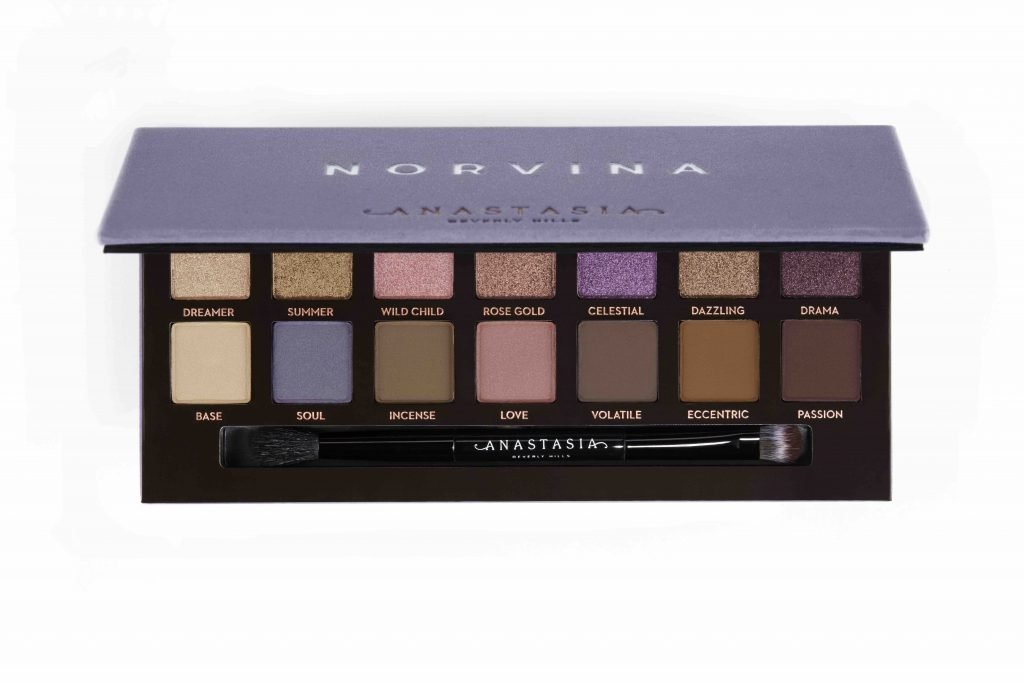
What are you doing on social media now?
I just opened my own Anastasia Soare personal [Instagram] account where I can do more behind the scenes. I used to do Snapchat, but I can’t right now because it’s just too much. My daughter and I do the Anastasia Beverly Hills brand account, and I meet with the people on my team who do Facebook, Pinterest and Twitter, but I can’t do that as well. I tell them my vision, and they put it out there.
What does it take to make it as a beauty entrepreneur?
Let me explain how I see business: You are never prepared for what’s going to happen today or tomorrow. You learn every day, and I think my biggest strength is I never make the same mistake twice or at least I try not to. If you aren’t able to deal with what Americans call stress—what I just call business—then don’t do it. Work in an office where you don’t have to take responsibility for what goes on. If you want your own business, you have to deal with problems and solve them every day.
What’s the problem you’re trying to solve today?
We launched newness three weeks ago, and gondolas are still not updated in certain stores. We have to make calls and find out why that’s happening. You have to push the companies to update the gondolas and try to solve the problem. A half-hour ago, I was having a call about that. After I end this call with you, maybe I’ll have to deal with another problem.

Your daughter and Anastasia Beverly Hills president Claudia, who is known as Norvina, has become a makeup sensation in her own right. How did she develop her expertise at your brand?
I’m very proud of my daughter. She started as a receptionist in the salon and swept the floor, and she spent years in the office and in every department: production, sales, marketing. I wanted her to understand the entire process from A to Z. I think she is right now really one of the most incredible experts in the business. I let her do the makeup, and I do the brow products. She’s really passionate about bringing the consumer the best, and she pushes the limits. When you are Anastasia’s daughter, you need to do extra work to prove yourself. When you work with a parent whose name is on the brand and on the boxes, it’s very hard to make a name for yourself. For a long time, you’re considered Anastasia’s daughter.
My mother was famous in her little town. She made clothes for women. My parents had a tailor shop. For a long time, I was Victoria’s daughter. I didn’t know if I was smart or stupid, or capable of doing something on my own. That’s one reason I came here. There were two reasons: to escape the communist regime and to understand what I was capable of. In my daughter, I saw the potential and the passion that she had. When I felt she was ready, I told her, “OK, here’s a project for you. I’m not going to touch it. You do it. I won’t have a say.” She’s been able to achieve on her own, and people give her credit for that.
You work 10 hours a day or more. Are you going to continue to work as hard as you do now?
I will work until I die. I’m not the type of person who likes to go to lunches. It doesn’t stimulate my brain enough. That’s why I don’t call the business stressful. I get high just thinking of dealing with different problems. I love what I do. This isn’t even work for me. The only time I don’t work is when I sleep. I will never stop.
Do you want your company to be part of another company?
My biggest goal is to grow and expand distribution to bring our products to more people and to continue doing something I love. I don’t know what’s going to happen, but I know that every decision I make is for the good of the company. As long as another company will make Anastasia Beverly Hills bigger and better, for sure.




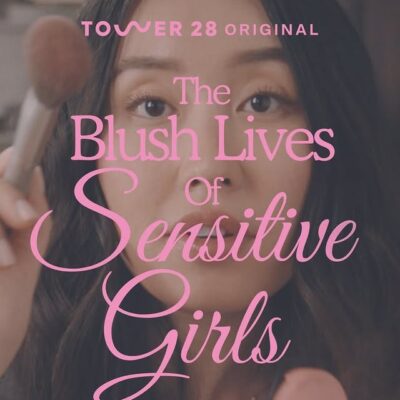
Leave a Reply
You must be logged in to post a comment.